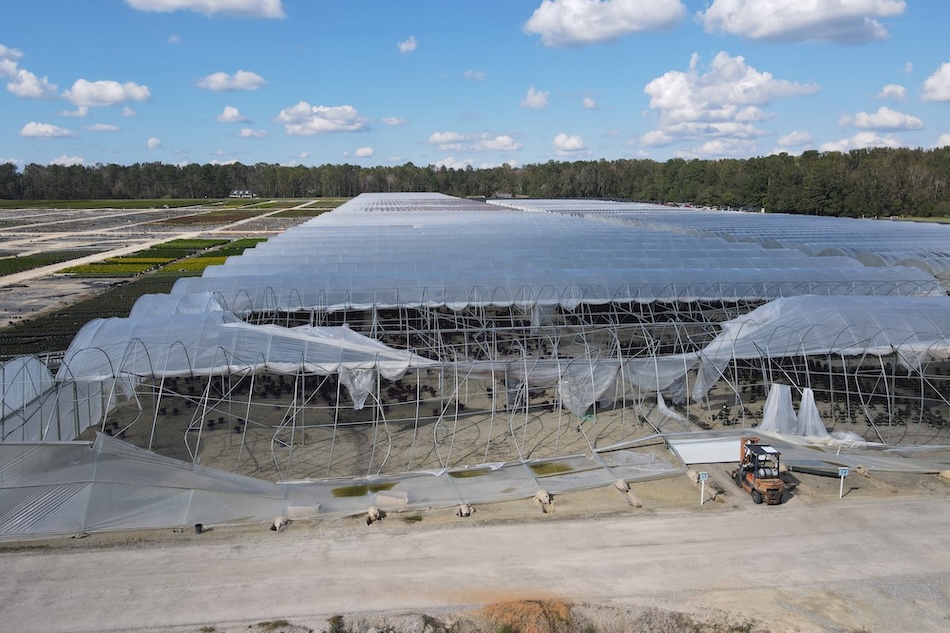By Gary Wade
University of
Georgia
 For a heavenly scent in the landscape, plant fragrant tea olive (Osmanthus fragrans). Its sweet perfume is a pleasant surprise in September and October, a time when other plants are tapering off in their growth and preparing for their winter rest. One whiff of its intoxicating fragrance and you’ll fall in love with this award-winning plant.
For a heavenly scent in the landscape, plant fragrant tea olive (Osmanthus fragrans). Its sweet perfume is a pleasant surprise in September and October, a time when other plants are tapering off in their growth and preparing for their winter rest. One whiff of its intoxicating fragrance and you’ll fall in love with this award-winning plant.In my Athens landscape, the plant has a major bloom in fall, a lighter bloom in spring and flowers sporadically throughout the summer, so its fragrance can be enjoyed throughout the year.
Fragrance is not the only merit that earned fragrant tea olive a Georgia Gold Medal Award. It’s also a tough, low-maintenance plant with few pest problems, and it adapts to a wide range of soils, from coastal sands to Piedmont clays. This plant in my landscape came through the recent drought without a scratch and got no supplemental water.
Classified as a large shrub, fragrant tea olive reaches 20 to 30 feet tall and wide. It is best used as a background plant in a perennial border, a specimen plant or an evergreen hedge. It is easily trained into a small evergreen tree. It also can be used to soften corners of the home, but its large stature rules out its use at the doorway or under low windows.
Creamy white flowers are often hidden among the foliage and are not usually noticeable until their fragrance infiltrates the landscape.
There are several cultivars of fragrant tea olive in the trade, such as “Apricot Gold,” which produces apricot-gold flowers and “Butter Yellow,” which produces creamy yellow flowers.
Fragrant tea olive hails from China where it is commonly called cassia flower. There the flowers are harvested for their fragrance, which is extracted and infused in teas, jams, cakes, soups, soaps and perfumes.
Fragrant tea olive is sensitive to cold injury when temperatures dip into the single digits and can be killed at temperatures below zero. In the upper range of hardiness zone 7 and in zone 6 (the north Georgia mountains), fortune’s tea olive (Osmanthus x fortunei) may be a better choice. It has a similar growth habit with the same delightful fragrance and better cold hardiness than fragrant tea olive.
Fertilize fragrant tea olive in early spring with a complete fertilizer, such as 16-4-8. Look for a fertilizer containing slow-release nitrogen. Azalea/camellia-type fertilizer can also be used. Prune as necessary during the growing season to shape the plant into the desired growth form.
Plant fragrant tea olive in full sun to partial shade. It grows best in hardiness zones 7 to 10.
(Gary Wade is a Cooperative Extension horticulturist with the University of Georgia College of Agricultural and Environmental Sciences.)






